Having a dedicated garden space in your home is proof enough that you’re productive-minded and hardworking. However, having a productive mind and working hard alone aren’t enough to give you the desired gardening outcomes each season. You need to constantly learn new tricks that will help you improve your yield and maintain success across seasons.
Whether you’re managing a small space in your backyard, or a dedicated sizable garden in your space, there’s a need for consistent learning and growth. Here are a few practical and effective tips on how you can keep your home garden healthy in all weather seasons.
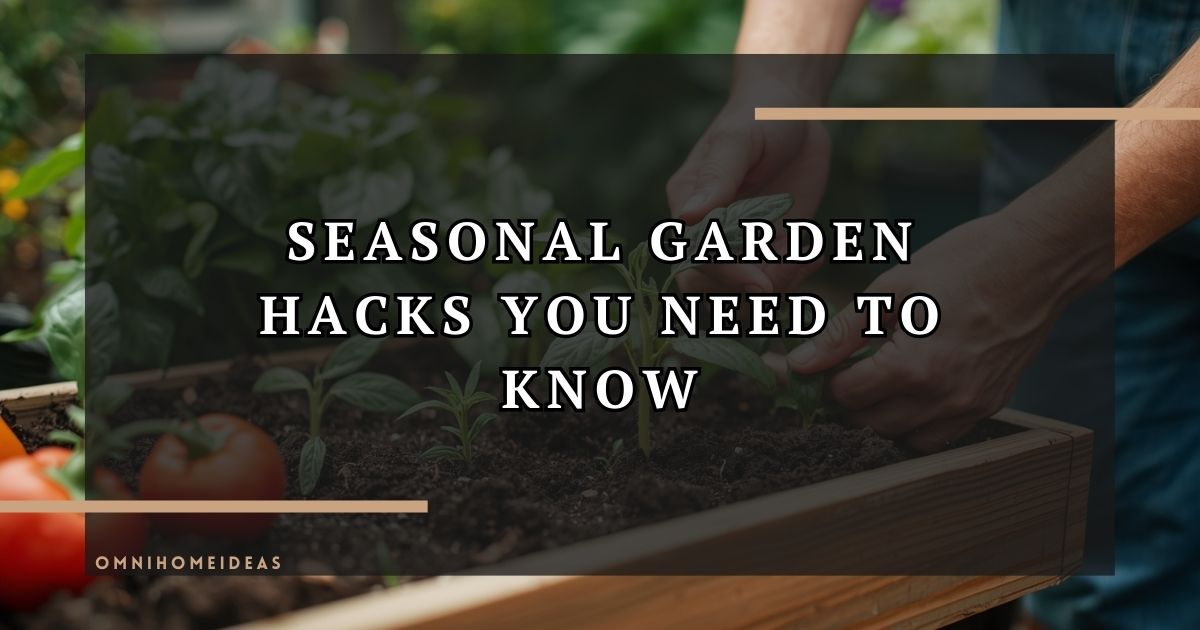
Ensure the Soil is Healthy
Whether you’re using vertical gardens with soil in containers and sacks or normal backyard gardens, the soil has to be healthy for your crops to thrive. Before the onset of the next season, you should recheck your soil to ensure it has the right pH level, the nutrient content is good, and the texture feels and looks right. More often, even if you have good soil at the start of a season, chances are it will have deteriorated by the end of the season.
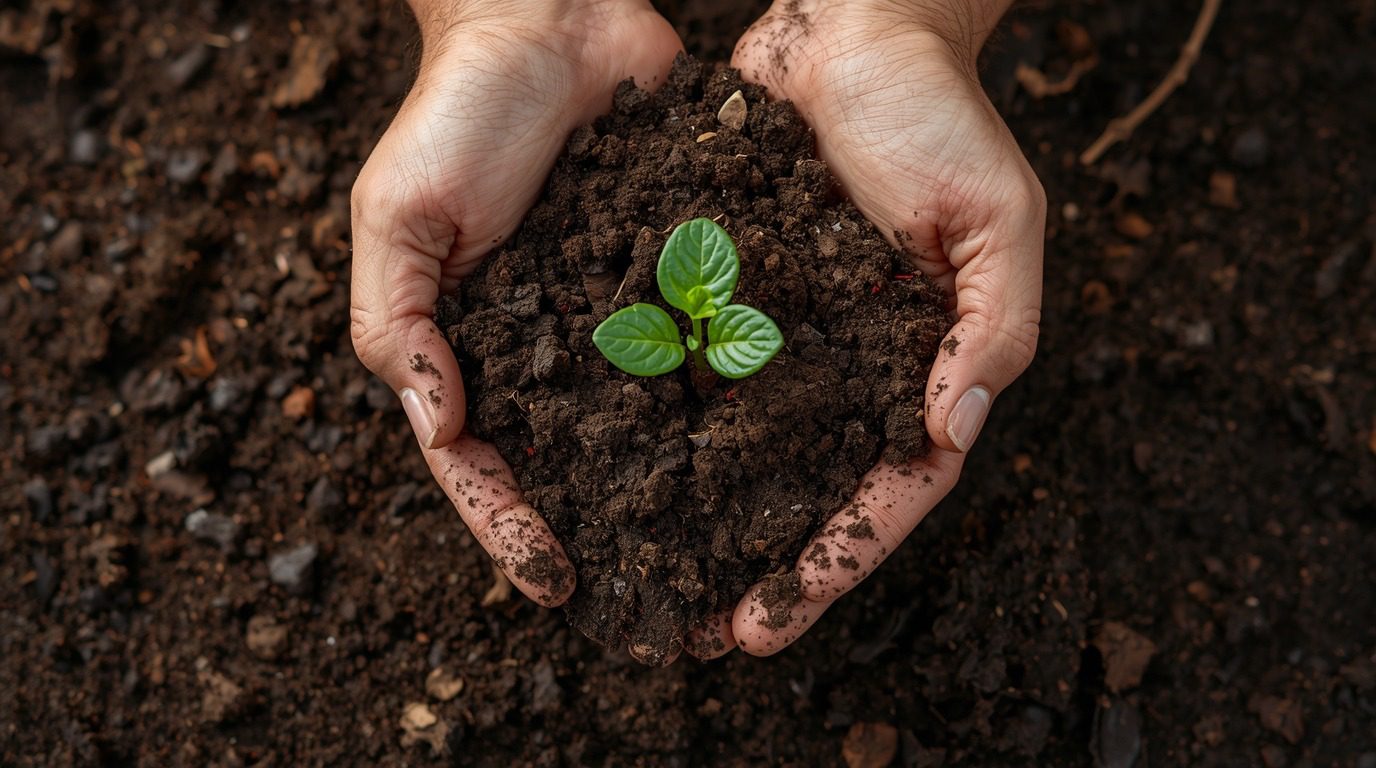
Remember to consistently add mulch and compost to your soil for improved nutrients and soil texture. Adding these materials also protects your crops’ roots from cold snaps in winter and autumn seasons. In spring, you can simply use organic fertilizer and apply a gentle till to prepare the soil for a new season of planting.
Due to the use of chemical fertilizers, soil pH can vary drastically between seasons. It’s important that you test your soil’s pH every year or biannually to check for any significant variations in pH. You can do this with the help of a DIY test kit for quick results.
Optimize Support Structure
A good garden will remain healthy if it’s protected against external interference from people and animals. The only way you can ensure effective protection is by enhancing and optimizing your garden’s support structures, such as the fence and the support system erected for vertical gardens. Before any plant goes into the ground, ensure you have the support system in perfect shape for optimal performance.

The gabions and mesh along steep slopes next to your garden should be firm to help prevent soil erosion once it starts to rain. Ensure every section along the garden or backyard fence is fully secured to prevent destructive animals from accessing and destroying your crops. If you live in an area that generally slopes downwards toward a water body, like the Greater Toronto Area, you should build gabions to reduce soil erosion around your garden.
You can work with experts in your area to understand the requirements for building effective support structures or learn from existing resources like this garden maintenance in GTA guide. The right structures should enhance the overall flow between your lawn and planting area, ensuring that every area is clearly demarcated for its respective functions.
Water Your Garden Wisely
In hot summers, your plants can suffer brutal and devastating heat that might cause them to wilt. The temptation to continually water them in this season can be high, but yielding to this temptation can have the same damaging effect as not watering them at all.
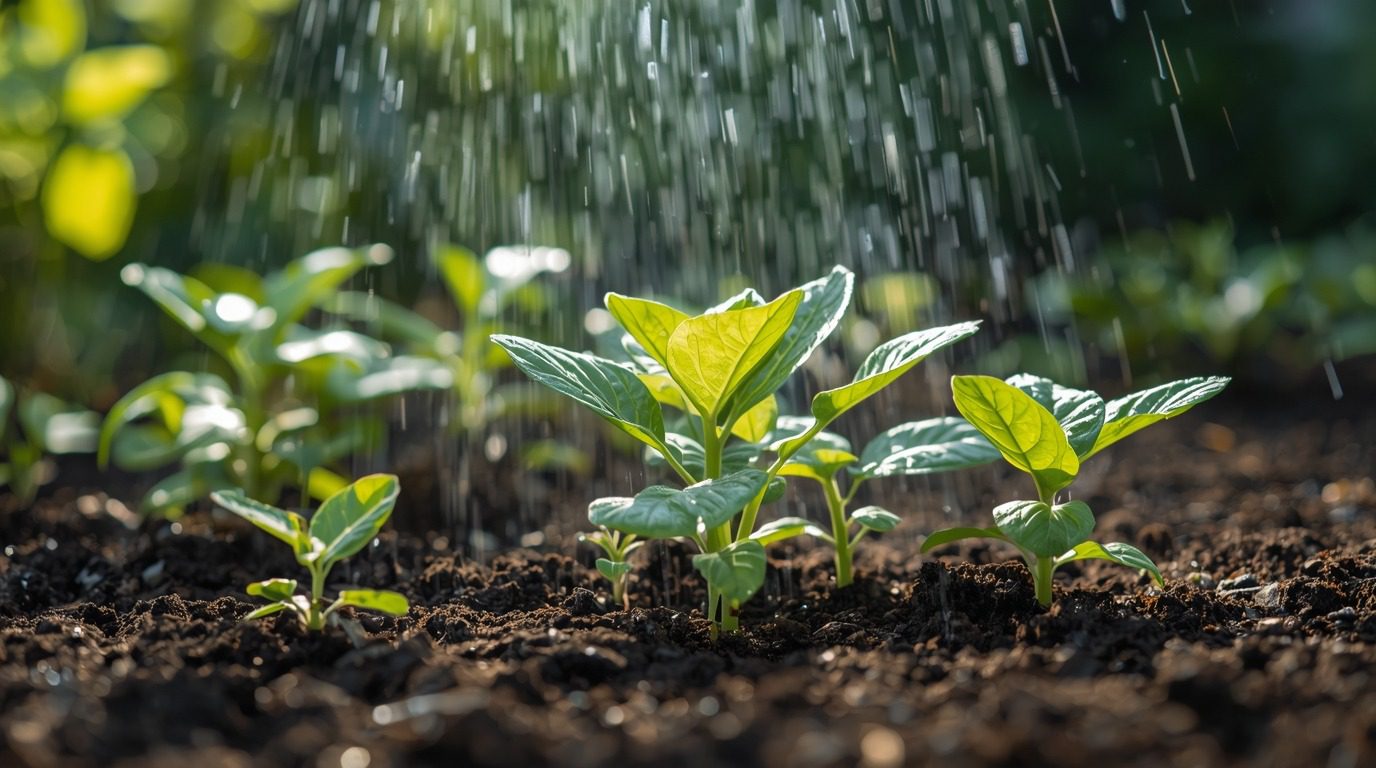
To keep your plants healthy in this high-temperature season, you should master the art of deep and less-frequent watering. You can achieve this through soaker hoses or drip irrigation to reach targeted roots effectively while reducing water loss through evaporation.
Also, regardless of the watering system you choose, ensure you only water early in the morning or late in the evening to allow for maximum water absorption into the soil. Giving your plants just enough water is important for their healthy growth and multiplication. Excess water can create a rich environment for bacterial infections and disease, while inefficient water will lead to death.
Choose the Right Plants
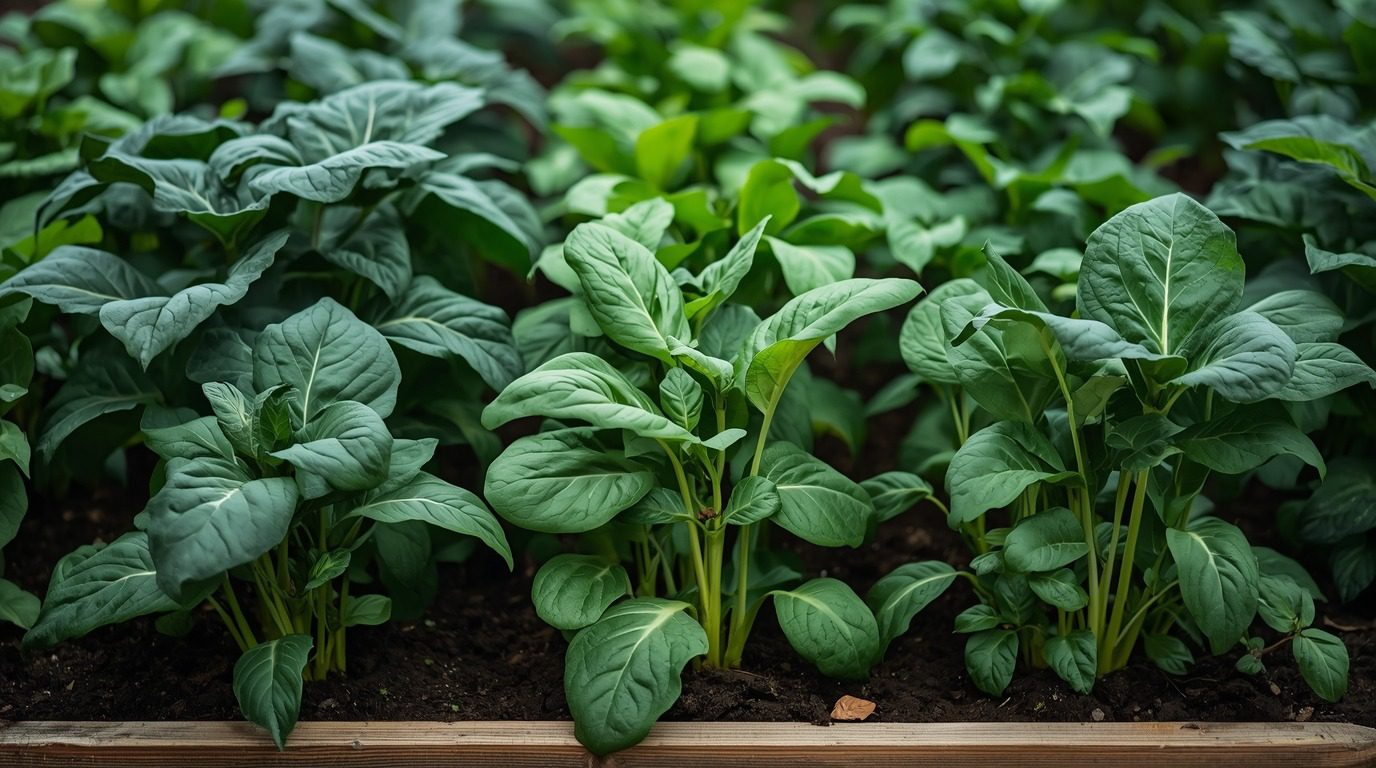
One of the reasons for poor harvests is choosing the wrong crops for your garden. This could be you’re planting the right crop in the wrong season, or generally planting a crop that doesn’t work in your region. You can plant sun-loving crops like corn, capsicum, and cucumbers in summer and spring, then switch to hardy greens like kales, silverbeet, and spinach in winter and autumn. By planting seasonal varieties, you help keep your garden in perfect health and beauty as crops blossom and flower across seasons.
Prune for Continual Growth and Health
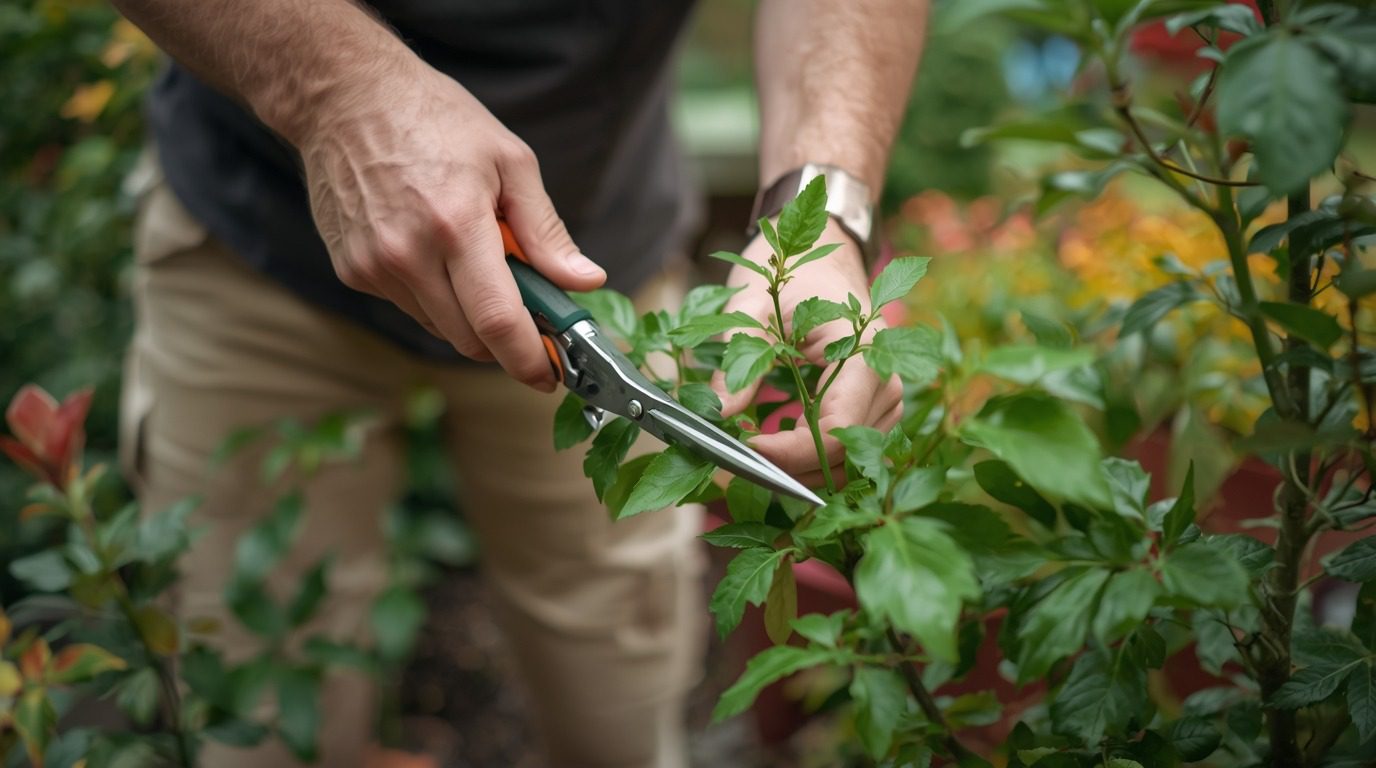
Regular pruning is crucial for robust growth and productivity in all types of plants, whether they produce leaves, flowers, or fruits. This is because pruning clears out diseased or dead growth, leading to the sprouting of new shoots and improved air circulation, while keeping fungi and pests away.
Winter is the ideal season for trimming roses and encroaching tree branches to give them an easy time to regrow. On the other hand, spring is the perfect season for pruning flowering shrubs after a season of bloom to prepare them for yet another bloom. If you’ve planted vegetables or edible plants, harvest the leaves regularly to allow for more healthy leaf growth throughout the season.
Maintaining a healthy garden through different seasons can be challenging, especially for first-time gardeners. However, with the above tips, you can ensure a successful garden performance throughout the year for optimal gains.

